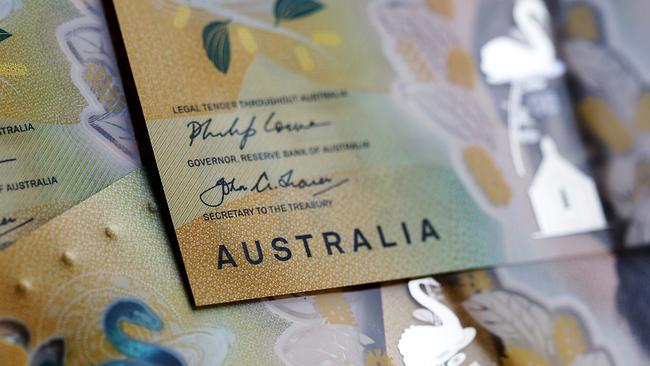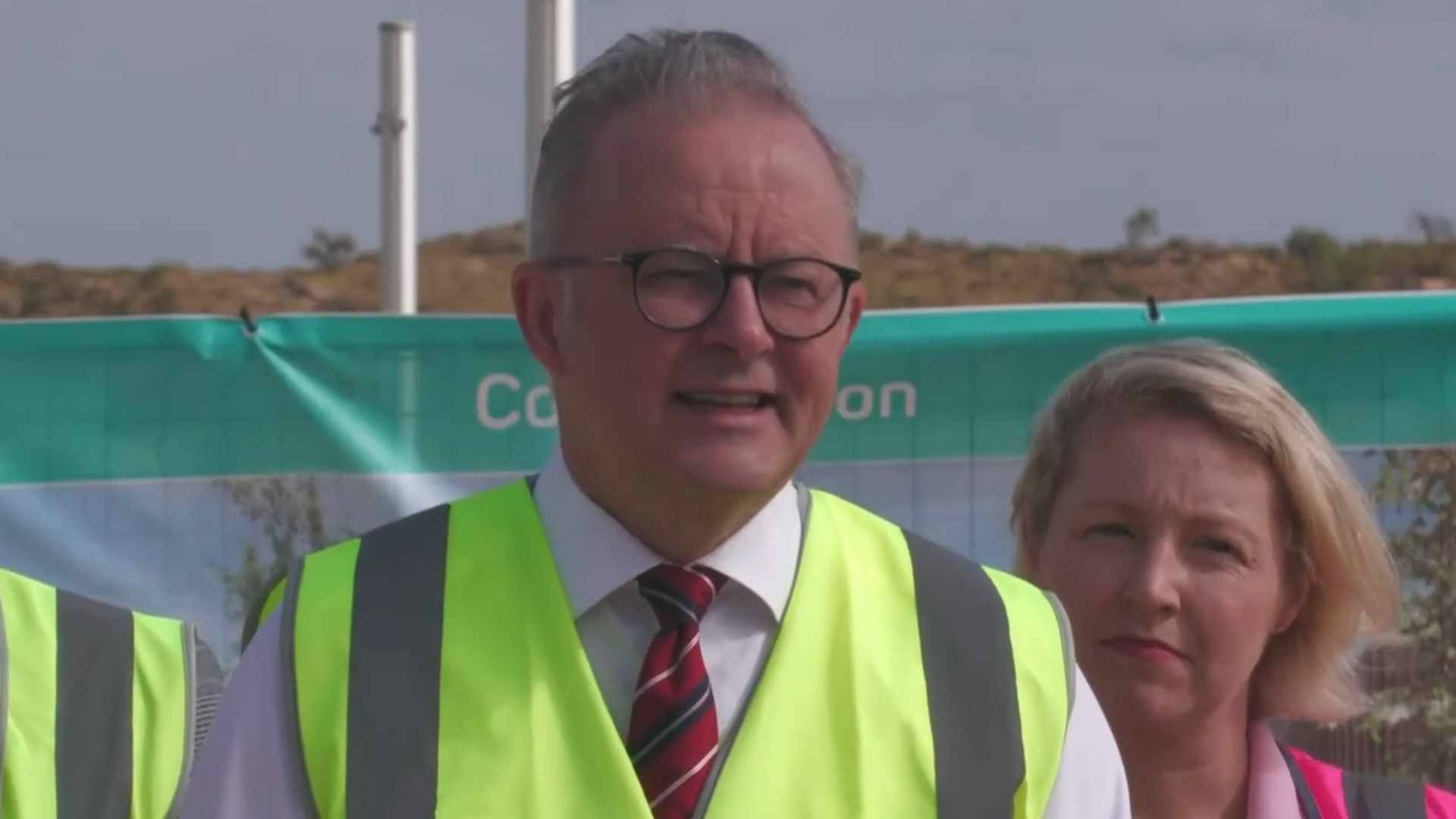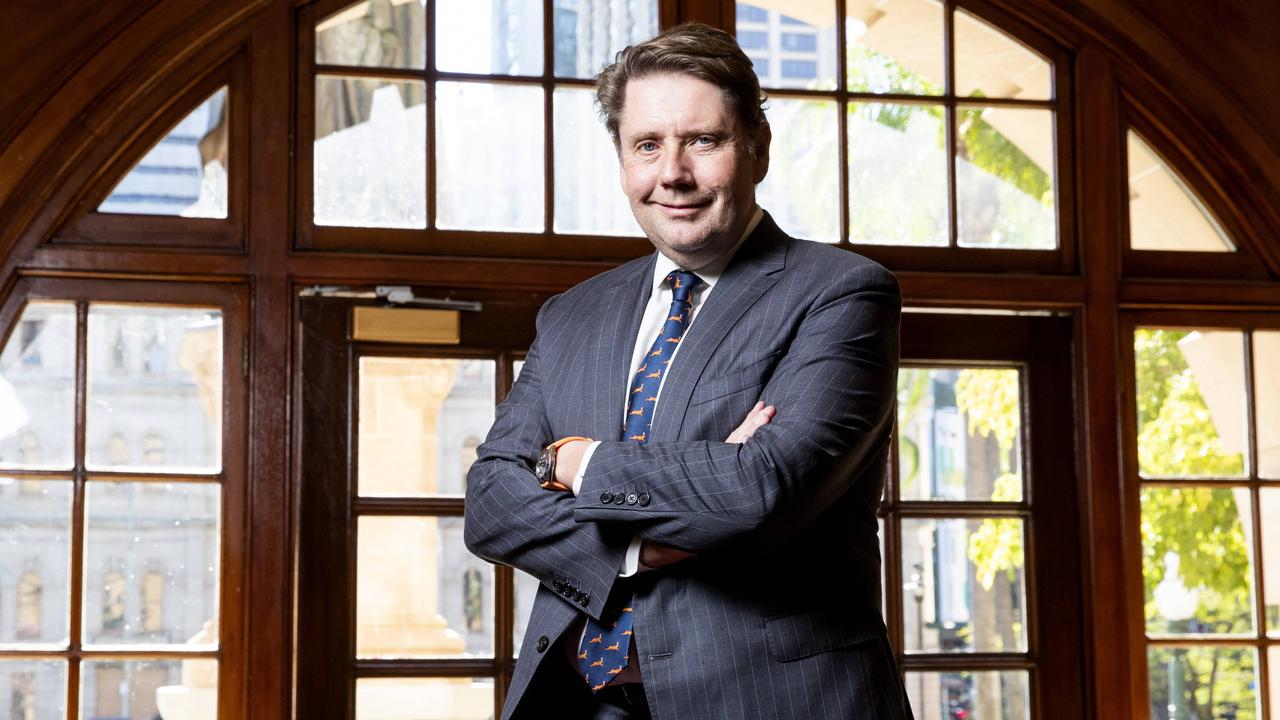Falling Australian dollar helps drive a 12.2pc return for the Future Fund
The strong performance of the US share market and a falling Australian dollar has helped drive the Future Fund to a record $234bn.

Business
Don't miss out on the headlines from Business. Followed categories will be added to My News.
The Future Fund is expecting continued growth in the US sharemarket, with earnings potentially driven by a faster than expected implementation of artificial intelligence, according to its chief executive, Ralph Arndt.
“The US economy continues to do well,” Dr Arndt said, releasing the results for 2024, in which the strong US sharemarket helped drive a 12.2 per cent return for the Future Fund, boosting its value by $26bn to a record $234bn.
“Corporate earnings are coming through strongly. While valuations are somewhat expensive, we think that the likelihood of it being disrupted from a market point of view is pretty low. We think there is some potential upside if artificial intelligence turns out to be a bigger fillip to productivity, and that can come sooner than people are expecting.”
The fund’s strong earnings for 2024 has been achieved on the back of an increased exposure to international shares over the year, from 17.8 per cent of its portfolio at the end of December 2023 to 24.7 per cent at December 31, 2024.
By the end of last year, its international shares were worth almost $60bn. It has also benefitted from the increasing value of its global assets as the dollar weakened over the year.
The fund has also increased its exposure to Australian shares over the year, from 9.6 per cent of its portfolio at the end of 2023 to 10.4 per cent at the end of December 2024, with its Australian share portfolio now worth $24.8bn.
It has done this by reducing its cash reserves over the year, from 9 per cent of its portfolio at the end of 2023 to 5.9 per cent at the end of 2024, ending the year with $13.9bn in cash, down from $18.9bn in 2023.
Dr Arndt said the fund had benefitted from its increased exposure to US shares and other US assets during the year.
But he said the fund was now “pretty happy” with its current asset allocation and saw no reason to take more risk in its portfolio.
“We are not looking to change the portfolio,” he said. “We’ve been doing it for the last few years and we feel we are now in a position to take the returns.

“We are not putting all our eggs in the one basket. We have a little over neutral risk. We are not over our skis by any means.”
He said the fund believed that inflation would continue to remain a factor over the longer term.
“We think inflationary pressures will persist with tariff policies and deglobalisation,” he said. “We still have a constrained labour market.
“We don’t see those pressures going away. Rates have backed up a bit and we think that will persist.
“We continue to look for assets which give us some inflationary protection.”
The past year has also seen the fund step up its investment in infrastructure and other assets in Australia, including buying a stake in the EastLink toll road in Melbourne and a national portfolio of student accommodation facilities.
The fund was given a new investment mandate by the federal government in November requiring it to “have regard to national priorities”, including infrastructure and the energy transition. It was part of an agreement in which the government deferred the date at which it may draw on the Future Fund, from 2026-27 until at least 2032-33.
Dr Arndt said the fund saw plenty of attractive big-ticket investment opportunities in Australia, which could include data centres, transport infrastructure and energy. “We continue to evaluate investment opportunities in the Australian economy consistent with the new investment mandate,” he said.
He said the fund was expecting to put more money into airports in Perth and Melbourne, as they planned to build more runways due to the demand for air travel increasing.
It also saw the potential for more investment in Canberra Data Centres as the demand for more data centres in Australia grew. “There are quite attractive opportunities (in Australia) which would be good inflation hedges and no currency risk,” Dr Arndt said.
Future Fund chair Greg Combet defended the fund’s handling of its new investment mandate.
“We are making the decisions independently (of government) and are looking for the best returns,” Mr Combet said. “We are finding there are investment opportunities in the domestic economy which we are currently looking at which are quite attractive.”
He said the fund had also benefited from the agreement with the government that it would not be looking to take money out of the fund until at least 2032-33. This had given the fund more certainty to invest in long-term assets.
“There was a lot of focus [with the announcement last year] around the national priority areas, but the really significant thing was giving us the confidence that there would be no withdrawals until 2032-33,” he said.
The fund has now delivered a 10-year average return of 8.1 per cent, well in excess of its mandated target of 6.8 per cent a year.
More Coverage
Originally published as Falling Australian dollar helps drive a 12.2pc return for the Future Fund





